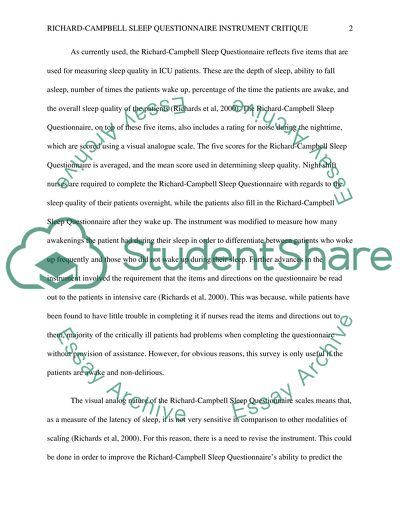Cite this document
(“Richard-Campbell Sleep Questionnaire Instrument Critique Research Paper”, n.d.)
Retrieved de https://studentshare.org/nursing/1495246-richard-campbell-sleep-questionnaire-instrument-critique
Retrieved de https://studentshare.org/nursing/1495246-richard-campbell-sleep-questionnaire-instrument-critique
(Richard-Campbell Sleep Questionnaire Instrument Critique Research Paper)
https://studentshare.org/nursing/1495246-richard-campbell-sleep-questionnaire-instrument-critique.
https://studentshare.org/nursing/1495246-richard-campbell-sleep-questionnaire-instrument-critique.
“Richard-Campbell Sleep Questionnaire Instrument Critique Research Paper”, n.d. https://studentshare.org/nursing/1495246-richard-campbell-sleep-questionnaire-instrument-critique.


